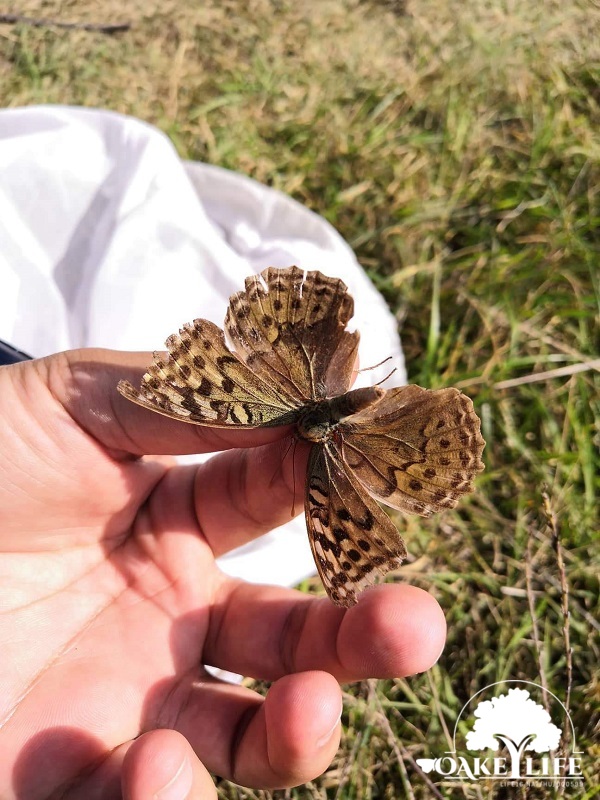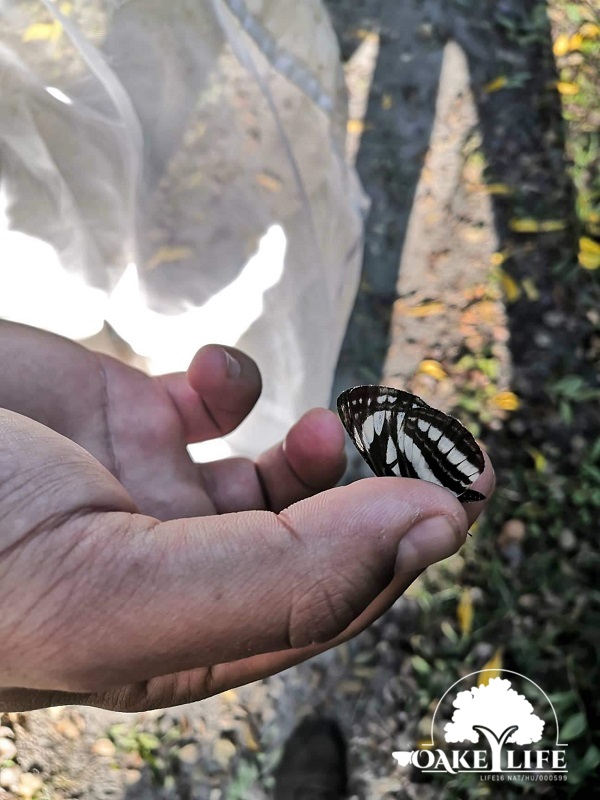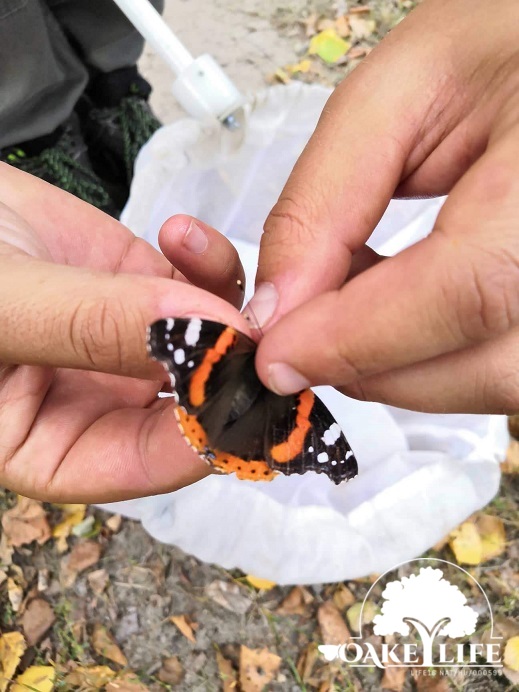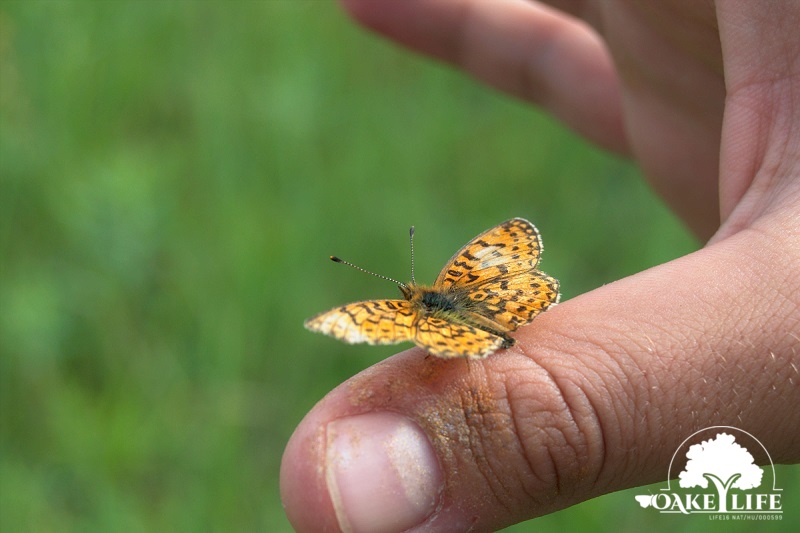The butterfly fauna of the Peszér-forest has an unparalleled value: the largest population of many species between the Danube and the Tisza can be found here (e.g. scarce fritillary, large chequered skipper, niobe fritillary – and the line could be continued for a long time), but more common species in our region can be found here in large numbers.
For individual species, the occurrence of individuals (areas actually used by the population, location of habitat patches) is not random, as not all herd types provide adequate habitat for each species.
In order to be able to effectively protect butterflies, which are becoming increasingly depopulated in Europe, it is essential to know where they occur, what their ecological needs are and what factors threaten their stocks and their habitats.
The presented images were taken during the mapping of the fine-scale distribution of invertebrate species occurring in the Peszér-forest. The study was focused on protected, butterflies flying in the fall of 2019.
Moving along forest or forest edge routes, you can admire many butterfly species, including individuals of all protected species, to which special attention is paid.
Mentioning a few protected species, at this time of year we can also find red admiral (Vanessa atalanta), common glider (Neptis sappho), or other protected fritillaries species. Red admiral butterflies’ imago (adult butterfly) is one of the imagos in the moth species in Hungary which is able to overwinter here, although a significant part of the population overwinter in the Mediterranean.
We thank Barnabás Hadi (SZIE MKK, BSc in Nature Conservation Engineering) for the interesting information and the photos.




